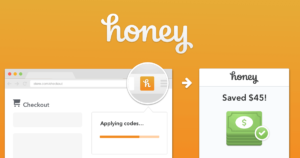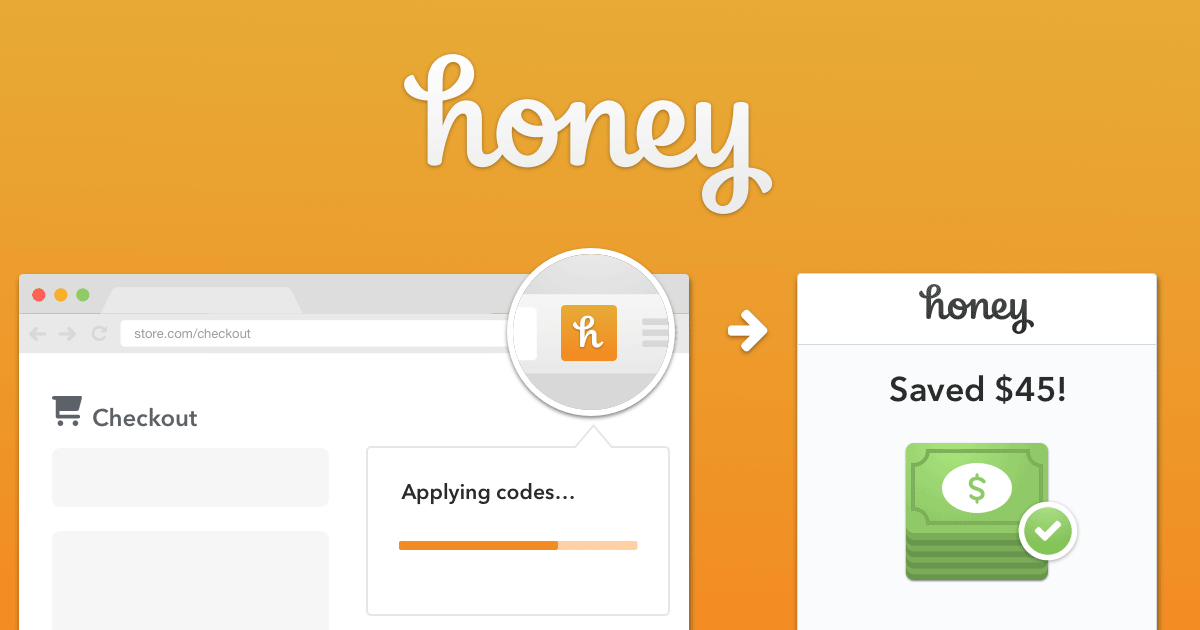
A new generation of innovative toolbars are capturing online shoppers' attention and accolades. And in the process reigniting the decade-old debate over whether these downloadable applications are harmful to the rest of the performance marketing ecosystem.The popularity of toolbars (often called BHOs for browser helper objects) are on the rise with applications like Honey and Gumdrop by Goodshop. Shoppers like these free toolbars because they serve a variety of helpful functions such as notifying them when loyalty points, cash back, or coupons are available, and offer price comparisons.For example, users who install Honey, will automatically see the best discount code applied when going through the online checkout process. This ensures Honey's users get the best price on items they purchase.
New Rules
In the past, toolbars were associated with less than ethical practices. Many were accused of being downloaded on to consumers systems without their knowledge. They were often hard or next to impossible to delete. And in the most severe cases they were alleged to steal consumer’s private data. But the new crop of toolbars often gives users more options and controls over their online experience. Additionally, there are regulations regarding user's consent for downloading and deletion. And while these toolbars may track user's data regarding shopping and browsing habits (because users agree to this), reputable toolbars are not taking over consumer's systems and stealing private information.
Overriding Affiliate Links
Still, some in the performance marketing space go as far as referring to toolbars as a scourge on the industry, using practices that harm other affiliates and the brands.This debate over the value and practices of toolbars has raged in affiliate marketing for more than a decade.Affiliates say in some instances toolbars override their links during checkout process and get the credit for the sale. For example, a shopper reads a review of a vacuum cleaner on an affiliate site. The shopper decides to click through the affiliate link and make the purchase. But when the shopper is taken to the brand's checkout page, their rewards membership toolbar pops up and is applied to the sale. Now that toolbar gets the commission for the sale - not the affiliate. The affiliate would argue they drove the sale with their review. The counter-argument from the toolbar folks is that their shoppers expect to get those discounts and (thus the rewards) so by popping up, they are only acting on the best interest of their members.
The Network Factor
The networks typically require toolbars to "stand down" from dropping their cookie (activating their toolbar) if another affiliate has already referred an end user and dropped a cookie. Additionally, many networks require an end user action to drop a cookie. And the toolbar affiliate should not receive commission if the user does not know that the toolbar is working. Some action or benefit on the part of the end user needs to be taken.Some networks, such as ShareASale (before it was bought by Awin), refused to let toolbars affiliates into their network for nearly a decade. ShareASale eventually changed its policies but added rigid compliance guidelines.
The Retailer's Conundrum
For the retailer's part, toolbar affiliates often drive a lot of sales and traffic. That can make them valuable members of the affiliate program. However, some industry watchers question whether the retailers are paying commissions on sales they would have gotten anyway.Let’s look at this example. A consumer goes directly to a brand’s website via typing the URL into their browser with the intent to purchase a vacuum. The shopper is a member of a rewards program. A popup appears at the time of the checkout and gives them a discount code or rewards for making the purchase. That toolbar affiliate gets credit for the sale and is paid a commission. So is the retailer paying for a commission for sale they would have made anyway? Maybe yes. Maybe no. Research shows that many consumers are extremely price sensitive and many likely wouldn't have made the purchase without the discount or rewards. Eighty-nine percent of consumers name price as a top factor affecting their purchasing decisions (Hawk Incentives)While 79% of consumers look for deals in loyalty and reward programs before making a purchase (Hawk Incentives). And 71% of US internet users' purchase decisions were influenced by coupons and discounts (CMO Council). Still, that leaves a percentage that may have bought an item regardless.
Toolbar Value
At the end of the day, the individual brands must determine the value of toolbar affiliates in their program. They should look at the amount of traffic and conversions from that toolbar affiliate. They can weigh that against what they are paying them in commissions. There are also other factors including expanding brand awareness through the affiliate promotions. In many cases, it's worth it to the retailer. For other retailers, the numbers might not pan out in their favor. iAffiliate Management Founder and CEO, Rick Gardiner, says everything really depends on the situation and the retailer."If the toolbar affiliate is reputable and a good partner (adhering to the guidelines) they can add value to an affiliate program." However, he notes that the retailer should determine what works best based on their affiliate channel goals.










